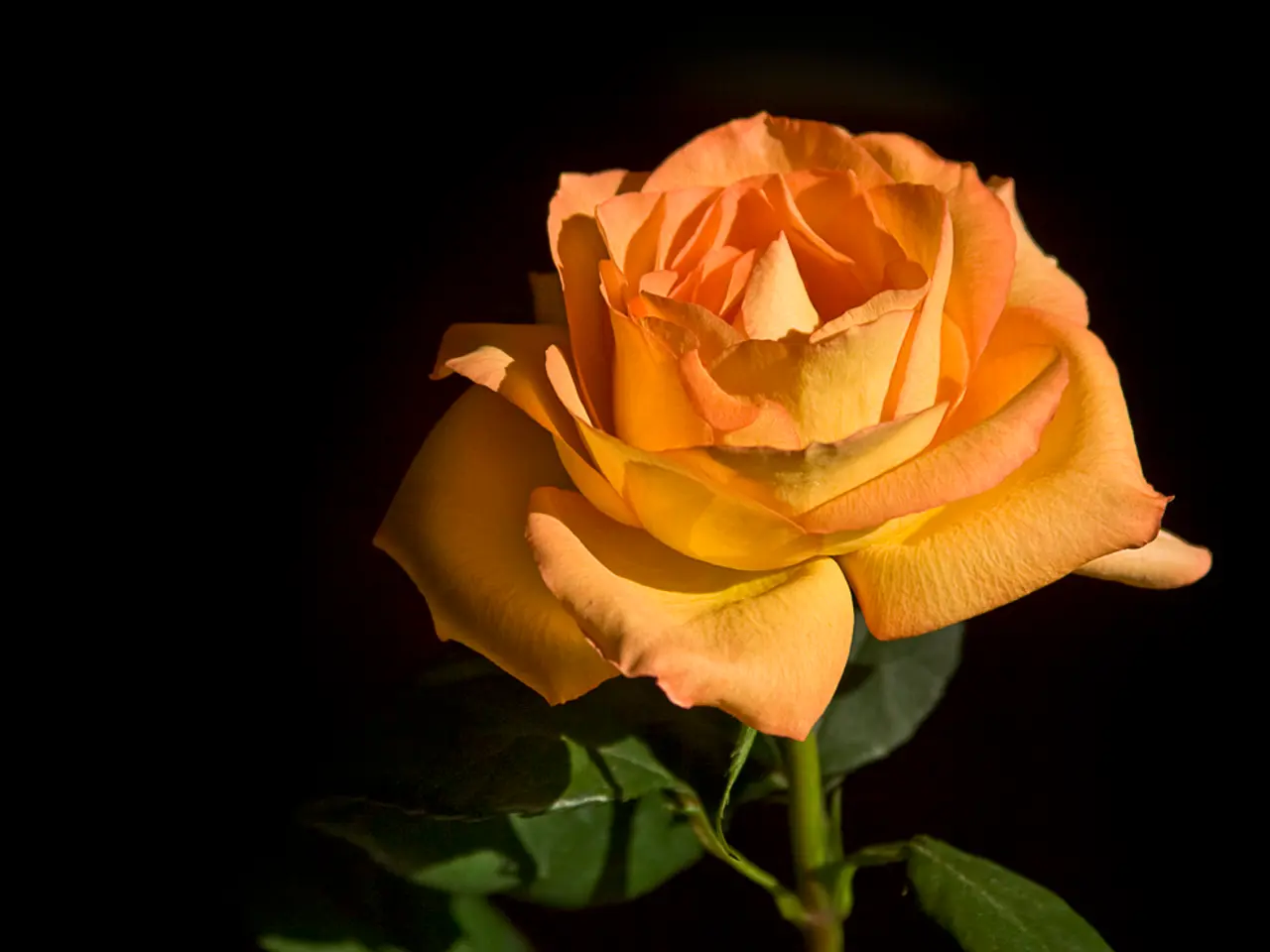Summer Rose Pruning Guide: Importance of Timing for Optimal Blooms
Summer is here, and it's time to tend to your roses! Pruning roses during the summer months is essential for maintaining their health and encouraging continuous blooming. Here's a guide to help you prune your roses effectively.
Rambling roses, which bloom on last year's growth, should be pruned immediately after they finish flowering in summer. Cut back the long, whippy stems to help the plant produce new wood for next year's blooms.
Shrub roses can be pruned in early summer if you missed the spring pruning. Trim thin, weak stems and remove dead or damaged branches while preserving healthy green growth. This allows the rose to bloom in spring and still produce new growth that hardens before winter.
Climbing roses should be pruned lightly in summer, with significant pruning reserved for fall. A light trim after flowering can help keep them healthy, shapely, and blooming.
Hybrid teas, grandifloras, floribundas, particularly in warmer climates like Florida, are typically pruned late winter to early spring. However, during the growing season, remove faded flowers after each bloom cycle, and cut out dead, diseased, or spindly growth.
General summer pruning tips for all roses include using clean, sharp pruners to prevent disease spread, removing dead, dying, diseased, or crossing canes, cutting out thin, weak branches that cannot support healthy blooms, and deadheading spent flowers regularly to encourage new blooms.
Deadheading is the most important aspect of summer rose pruning, but additional light cuts can be made to remove diseased, damaged, or broken canes, and to thin out crossed canes or suckers for better airflow. Lightly pruning roses in summer helps manage disease, encourage more blooms, and keep plants healthy.
The best time for summer pruning is after the first flush of flowers fades. Knock-out roses, which are self-cleaning and do not require deadheading, should still be checked to ensure no dead flowers are hanging on.
Summer rose pruning encourages new flowers, manages or prevents disease, and keeps all types of roses healthy and thriving. Light trimming in summer keeps rose plants shapely and prevents legginess. However, it's essential to remember that summer pruning should be light to avoid putting a lot of stress on the plant during high temperatures.
When it comes to tools, Fiskars' bypass pruning shears are a good choice for more substantial rose trimming, while their bypass loppers are useful for tackling old hard canes and reaching up to prune climbing roses.
In summary, summer pruning is crucial for the health and continuous blooming of your roses. By following these tips, you can ensure your roses stay beautiful and vibrant throughout the summer season. Happy pruning!
home-and-garden: By following these pruning tips, you can maintain the health and vibrancy of your roses, making your home-and-garden more beautiful during the summer season.gardening: Summer gardening tasks include pruning roses, particularly after the first flush of flowers fades, to encourage new growth, manage diseases, and keep roses healthy and thriving.




